Exactly one year ago, I was in Nepal, teaching yoga at a few places around Kathmandu.
It was Saturday, we went to the Farmer’s market. We bought avocados and goat cheese. And some really good home-made bread. Maybe some cookies as well. We were on our way to a picnic to celebrate a friend’s birthday.
But then with no warning, no countdown, no one to be held responsible – the earthquake happened.
I had classes to teach, friends to meet, places to see, a plane to India to board. To say the least, Mother Earth cared little for my plans, or anyone else’s.
It shook us all down to our very cores. Friends were out of reach. Friends lost houses. Friends lost their family members. Friends lost their lives. Friends showed up for each other. Friends helped to whomever they could and as much as they could.
It was Saturday, we went to the Farmer’s market. We bought avocados and goat cheese. And some really good home-made bread. Maybe some cookies as well. We were on our way to a picnic to celebrate a friend’s birthday.
But then with no warning, no countdown, no one to be held responsible – the earthquake happened.
I had classes to teach, friends to meet, places to see, a plane to India to board. To say the least, Mother Earth cared little for my plans, or anyone else’s.
It shook us all down to our very cores. Friends were out of reach. Friends lost houses. Friends lost their family members. Friends lost their lives. Friends showed up for each other. Friends helped to whomever they could and as much as they could.
We all know that nothing lasts forever, including ourselves. We know it, but we don’t live that knowledge - the fact slips our mind often. The earthquake showed us exactly how fragile we are, reminding us that the most precious thing we have – our lives – are so easily lost. It showed us what Impermanence really means.
It showed us that every breath we take matters so much as if it was the last. Because it could easily be.
As the aftermath of the Nepal earthquake, during a mental earthquake inside of me, I promised myself that I would celebrate each day, no matter what it brings. That I will appreciate every feeling, as feeling means I am alive. That I will take care of the people around me, no matter who they are. That I will make every moment worth being your last.
Honestly, sometimes I forget to live the knowledge of impermanence and take myself and my plans too seriously. It’s ok, I am just a human. I am still learning. :)
Sending love to Nepal and concluding with a few lines by Buddha and a photo from Bhaktapur taken before the earthquake:
It showed us that every breath we take matters so much as if it was the last. Because it could easily be.
As the aftermath of the Nepal earthquake, during a mental earthquake inside of me, I promised myself that I would celebrate each day, no matter what it brings. That I will appreciate every feeling, as feeling means I am alive. That I will take care of the people around me, no matter who they are. That I will make every moment worth being your last.
Honestly, sometimes I forget to live the knowledge of impermanence and take myself and my plans too seriously. It’s ok, I am just a human. I am still learning. :)
Sending love to Nepal and concluding with a few lines by Buddha and a photo from Bhaktapur taken before the earthquake:
Thus shall ye think of all this fleeting world:
a star at dawn,
a bubble in a stream;
a flash of lightning in a summer cloud,
a flickering lamp,
a phantom
and a dream.
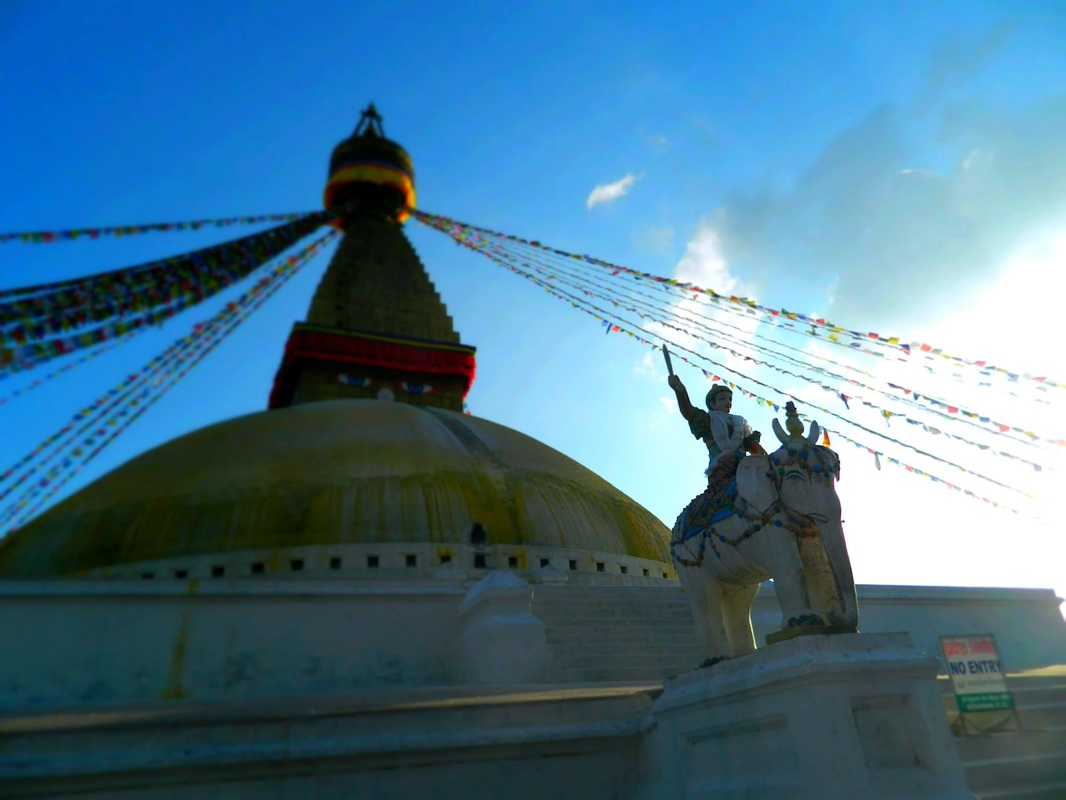
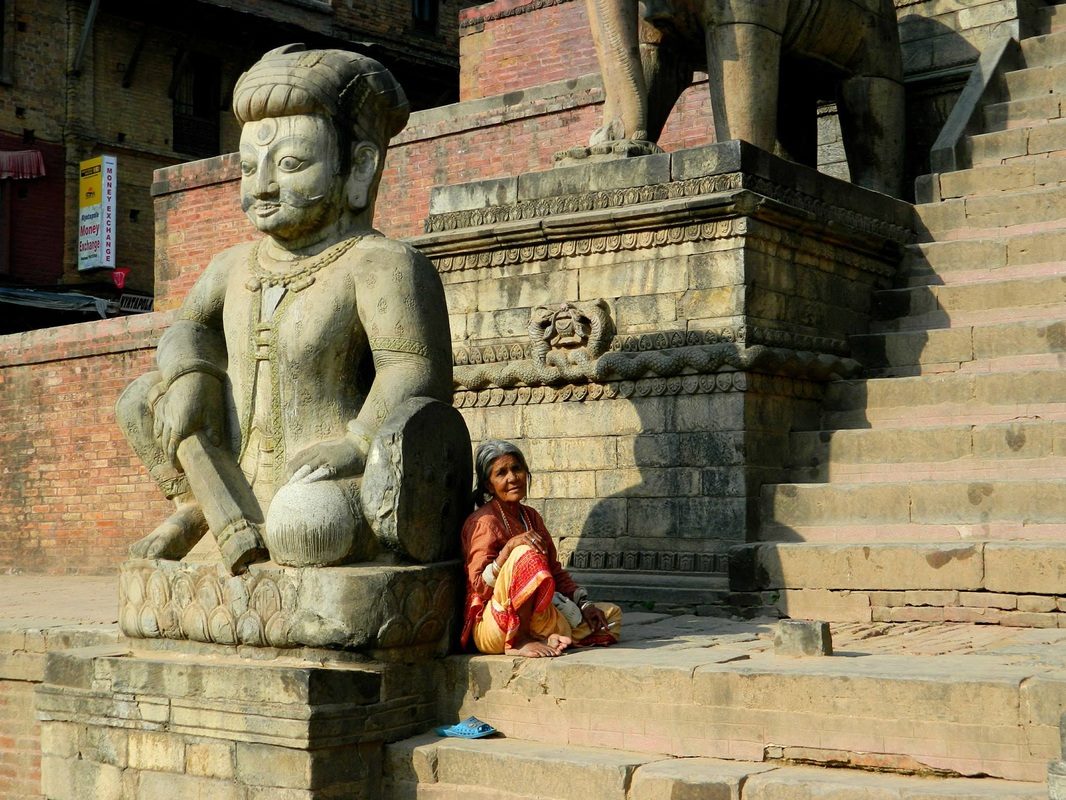
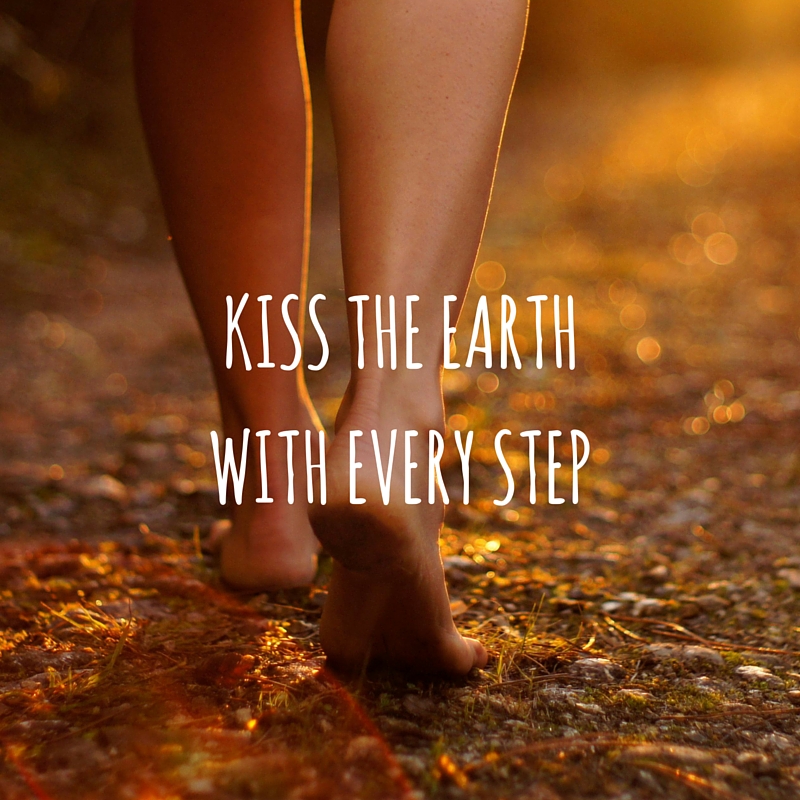
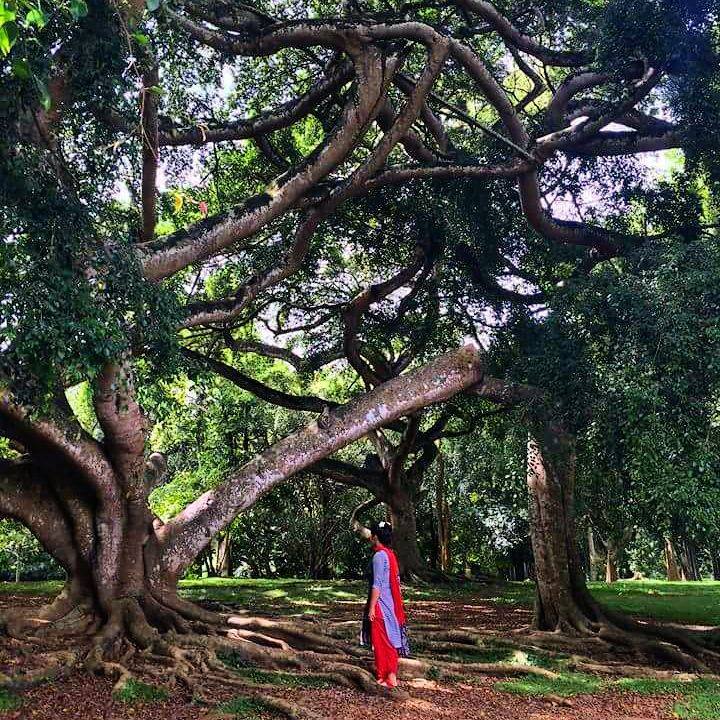
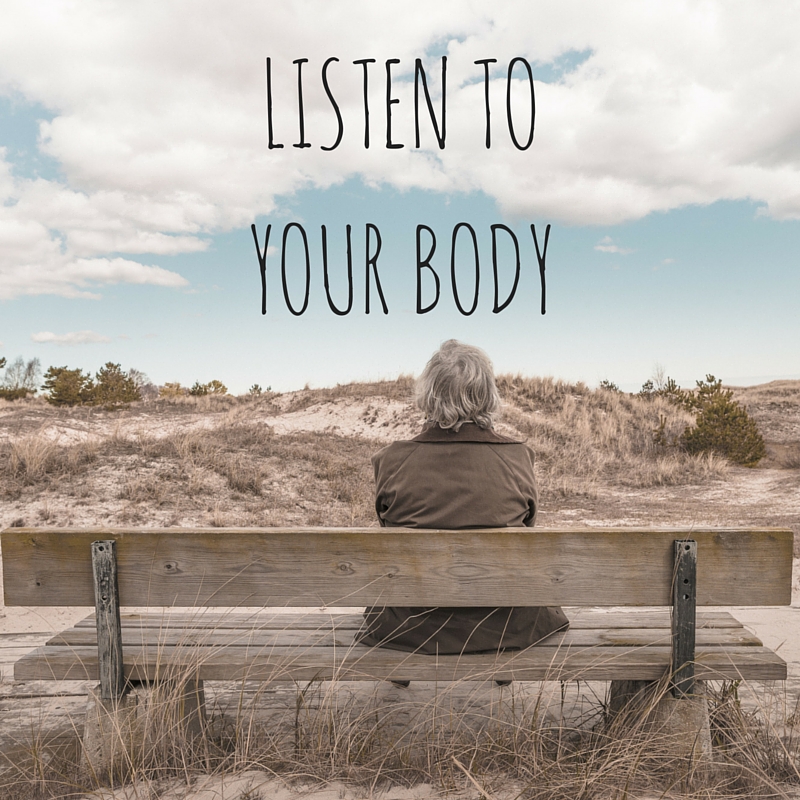
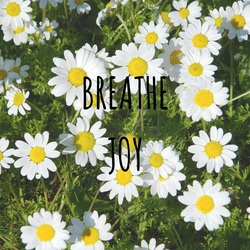
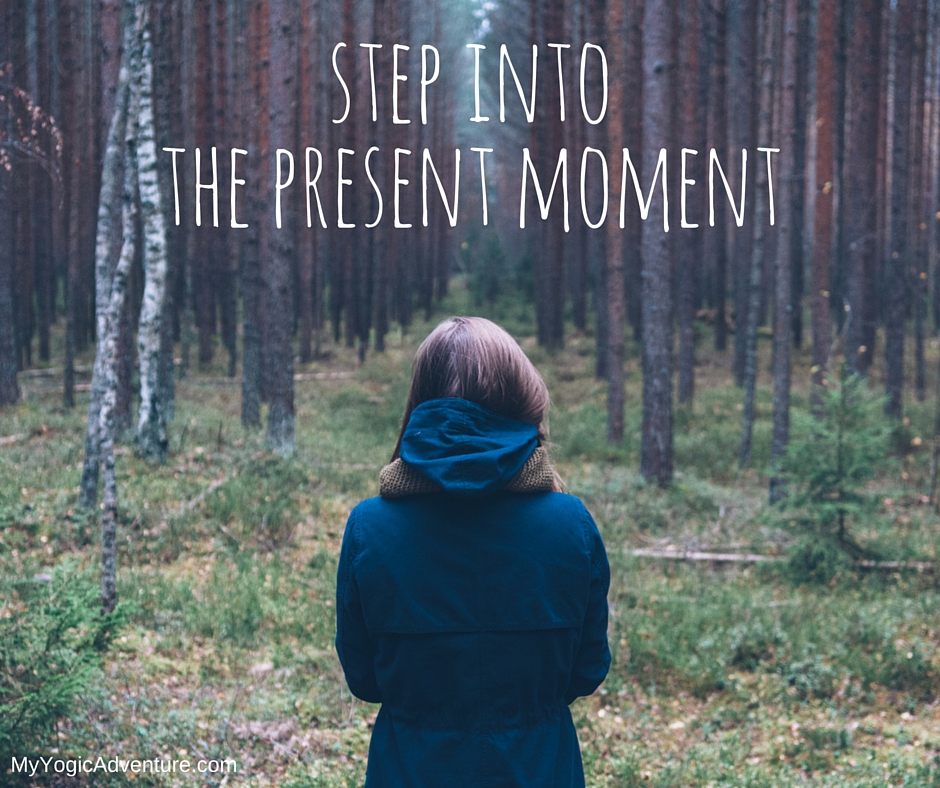
 RSS Feed
RSS Feed

